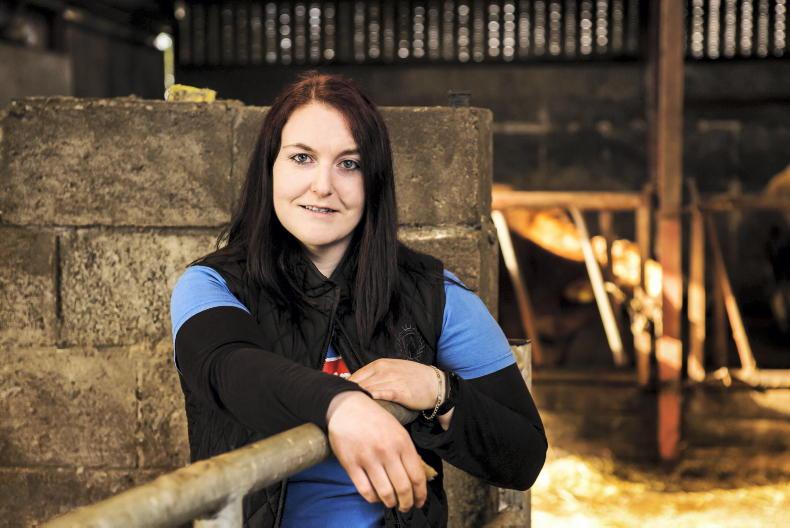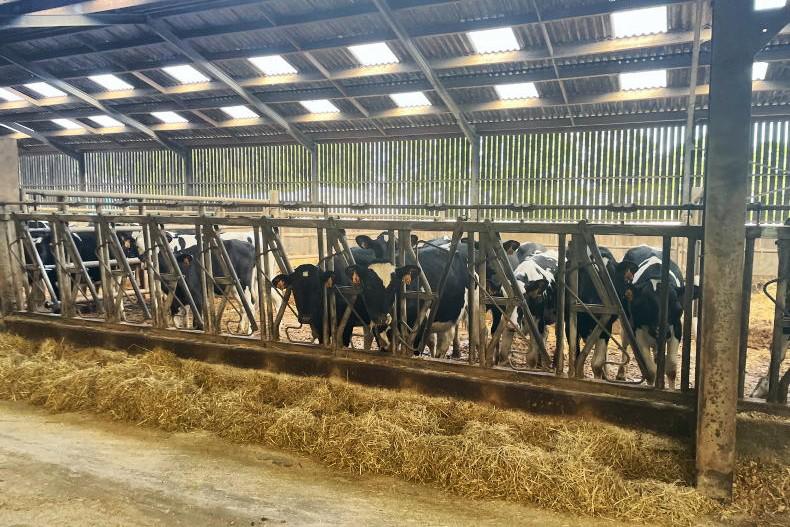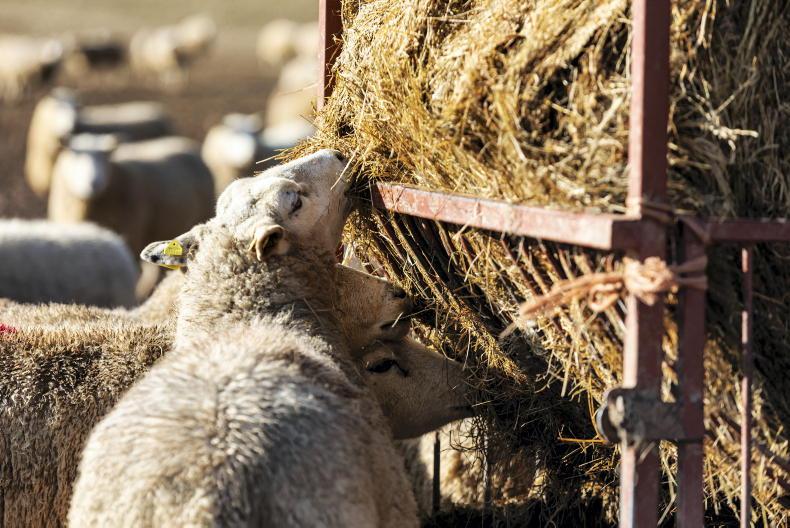The warmer temperatures, even though they are more humid than brilliant sunshine, have caused a moderate increase in growth rate; a pleasant surprise this late in the year. While growth is still very variable across farms, most farmers I have talked to over the last while are in a comfortable position grass-wise. With more normal growth rates, any poorly-grazed or stemmy paddocks from the last round either need to be grazed soon and topped to get them growing again, or where growth is particularly good or stocking rate is low, these paddocks can be baled out when they are over 20 days since their last grazing.
Tullamore Farm completed its fodder budget this week, and even with the combi-crop left to harvest, the farm has ample fodder to hand for the winter ahead. If you haven’t already done so, I would urge you to assess fodder stocks.
Ken Gill, Clonbollogue, Co Offaly
Grass is tight at the minute and we have seen no real lift in growth just yet, but we are coping okay. My peas and barley were mowed and baled at seven bales/acre, and with this being undersown with grass, I will be able to get some grazing done here.
Vermin is never usually a problem with it, once I store the bales on concrete. I have also gotten nearly a week of grazing done on my red clover sward, as this is set to be ploughed at the end of this week. As part of my rotation, this ground will now go in to turnips, rape and kale.
Calving will soon start, so I have paddocks around the house held to allow for observation.
System: Suckler to beef
Soil Type: Variable
Farm cover (kg/DM/ha): 476
Growth (kg/DM/ha/day): 31
Demand (kg/DM/ha/day): 28
Willie Treacy, Hackballscross, Co Louth
We had hoped to mow second-cut ground earlier this week, but with the mixed weather we are targeting getting it in at the weekend now. This has bulked up well and once we get this pitted, we should be in a comfortable position fodder-wise. Farmyard manure was spread on some hungry paddocks that did not get any slurry in spring. Anything that got dung received 20 units N of protected urea/acre, with anything not having got dung receiving 30 units/acre. There has been an improvement in growth and silage has been pulled from the autumn-calvers, which had to be buffered when things got tight. We will look to build covers heading in to autumn and hopefully have the ground conditions to graze them.
System: Suckler to beef
Soil Type: Variable
Farm cover (kg/DM/ha): 852
Growth (kg/DM/ha/day): 64
Demand (kg/DM/ha/day): 68
Shaun Diver, Tullamore Farm, Co Offaly
Grass growth has pushed on in the last two weeks, and this is the first time in long time that we are comfortable with grass. The increased growth has allowed us to do some topping to get swards cleaned off for the last rotations of grazing. Even though our growth is exceeding our demand nicely, we will likely not take off any surplus bales, as we look to build cover up to 1,000kg DM/ha by 1 September. Our peas, oats and barley should be fit for baling next week - hopefully. A fodder budget has been completed and the farm has ample silage for the winter ahead, even before this combi crop is taken into account. Second-cut ground is greening up and should be back in the rotation in two weeks’ time.
System: Suckler to beef
Soil Type: Variable
Farm cover (kg/DM/ha): 670
Growth (kg/DM/ha/day): 65
Demand (kg/DM/ha/day): 35










SHARING OPTIONS